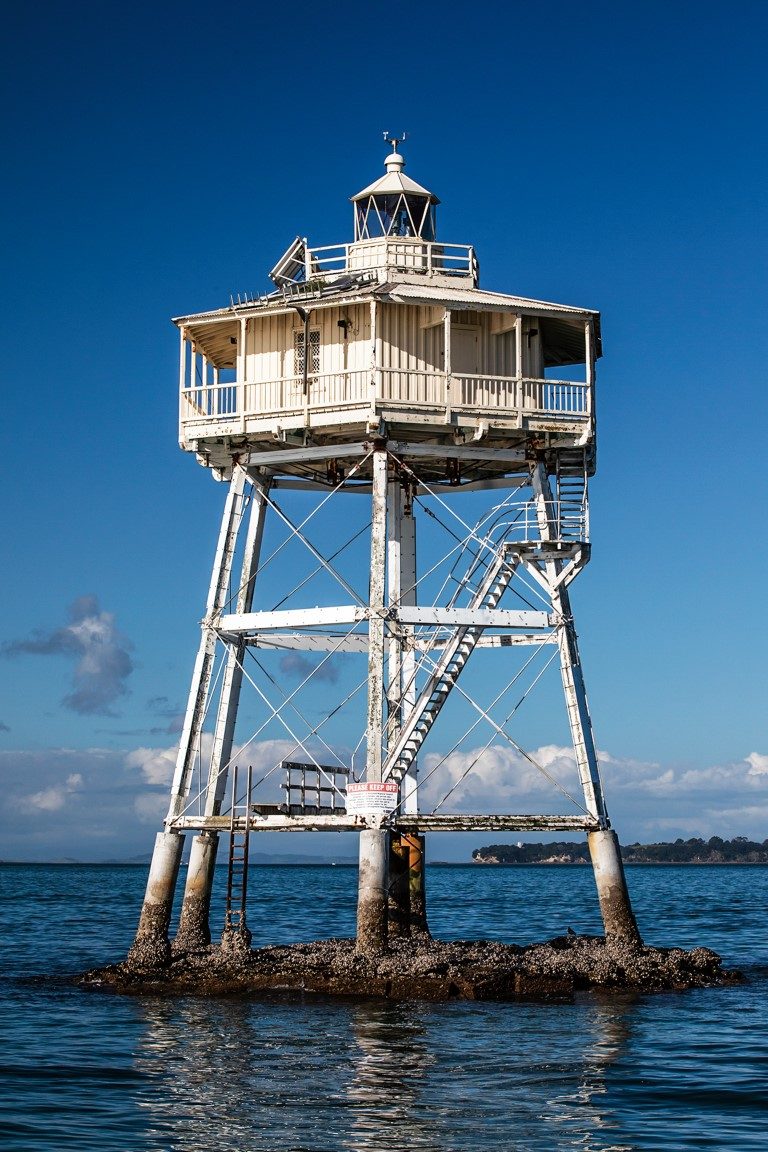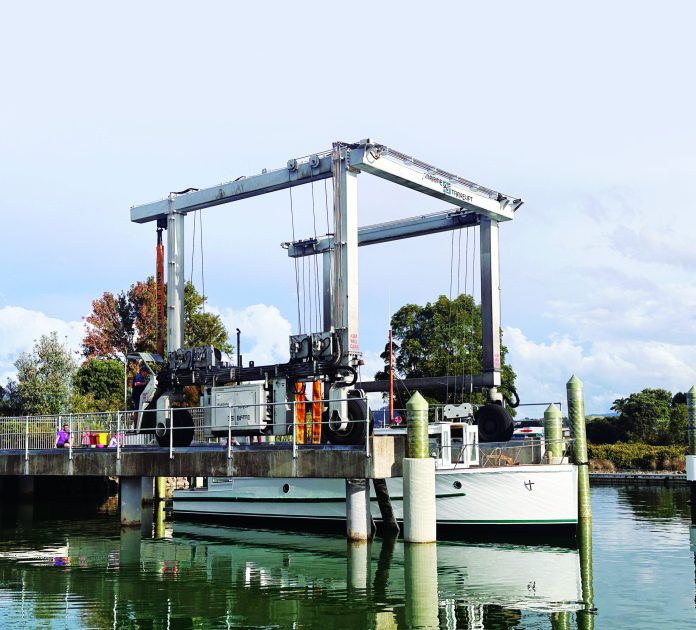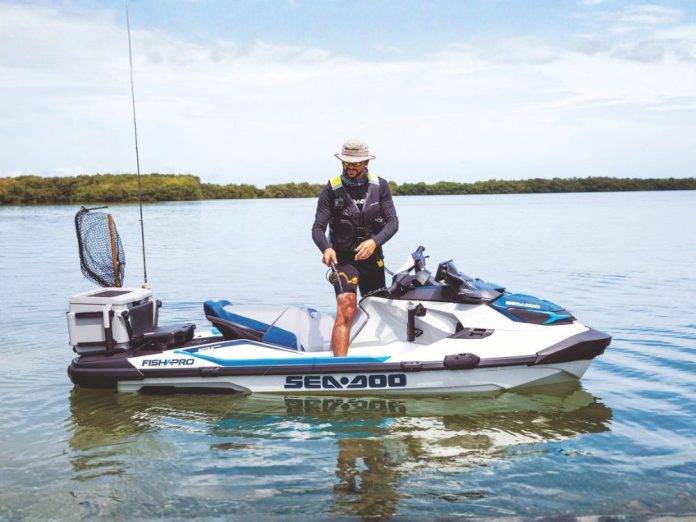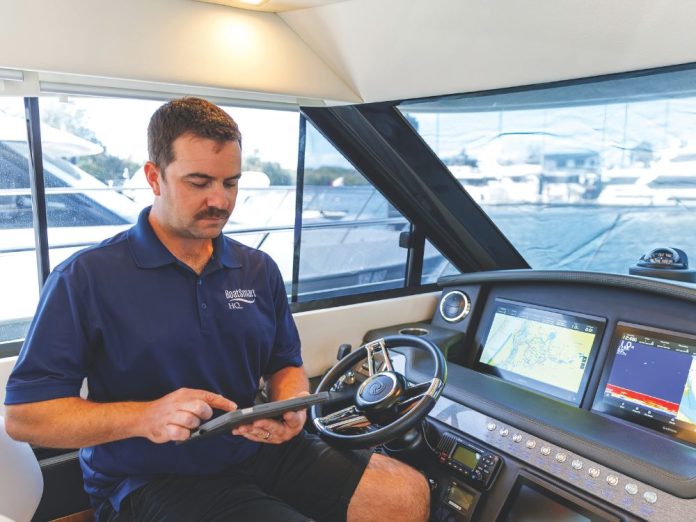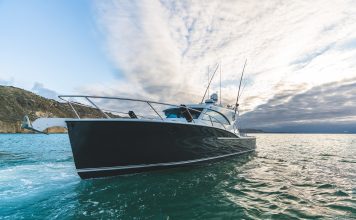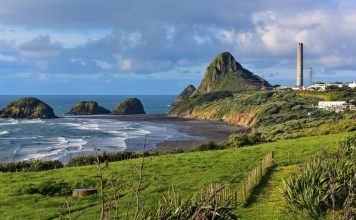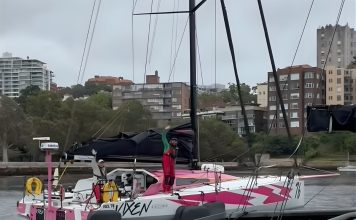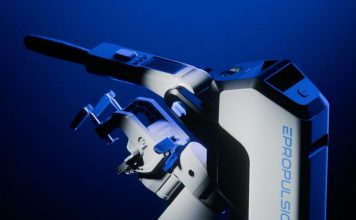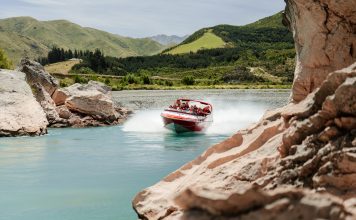Alex and Lesley Stone delve into the history of Bean Rock lighthouse – 150 years old this year.
Fl(3) WR 8s 15m 14/11 M
She flashes three times every eight seconds. White or red lights, depending. They are elevated 15m above the mean low tide mark and can – nominally – be seen from 14 nautical miles (the white light), or 11 (the red).
That’s the simple translation of that arcane formula on your chart NZ 532 Approaches to Auckland.
Four red arcs, three white, showing respectively those dangerous courses into and out of the Waitematā Harbour, and those safer. She does not shine her lights on Bastion Point, Mission Bay Kohimaramara, or St Heliers.
And she has done so, non-stop, for 150 years. She’s our last wooden, wave-washed sentinel, a Historic Place, Category 1. Just to the north of her, there’s 23m of water, which is why the ferries go so close. Just to the south there’s bugger-all.
Called Kapetaua by local Maori, Bean Rock was named after a Mr PCD Bean, a crew-member on the HMS Herald which visited Auckland in 1840. He helped chart the harbour.
She allows no anchoring nearby. And although she has been a home at times – a three-room, elevated cottage with expansive views – she allows no visitors nowadays.
She’s Bean Rock, the lighthouse that for a century and a half has lit the way into the Waitematā Harbour. She was to be demolished in 1985 but a public outcry stopped that. She’s set to be here for a long time still to come.
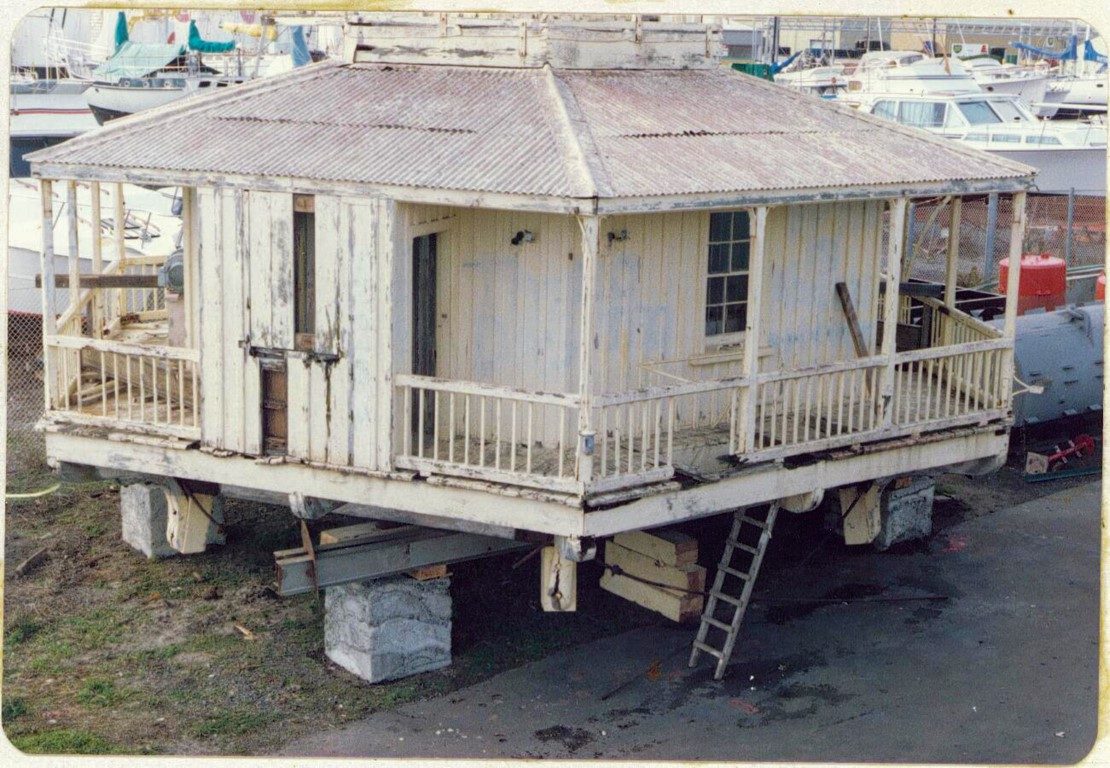
When she was built In 1871, the navigational lighting of our harbours and well-studded coastline was poor. Before that, the rock of Kapetaua had been marked with a modest red perch and black buoy.
Three blokes were closely associated with the lighthouse’s design and construction: William Cameron, the builder; James Melville Balfour, who drew the initial plans; and Auckland’s first city engineer, James Stewart, also the Inspector of Steamers for the Government.
Balfour favoured wooden structures because he thought it was “important for the coast to be lit rapidly, even if the lighthouses did not last as long,” so Bean Rock lighthouse was built from wood.
The innovative design was technically challenging. It included solid foundations to the high-tide level, with a lightweight structure above. The upper part of the lighthouse is a hexagonal, board and batten three-room kauri ‘cottage’ with surrounding cantilevered verandahs. Above is a hexagonal lighting chamber. The open timber tower, also hexagonal, has cast-iron tubular piles. The base was reinforced using masonry quarried from nearby Rangitoto Island.
Bean Rock Lighthouse was officially lit at 6pm on the evening of 24 July 1871. The first light at Bean Rock was fuelled by kerosene. A live-in keeper would light it every evening and check it throughout the night.

In 1912, her new owner, the Auckland Harbour Board, installed an acetylene light, making it the first automated lighthouse in the country. An electric cable was connected in 1936, increasing the light’s brightness fivefold. Now it runs entirely on solar power.
By 1970 there was talk of replacing the old lady beacon, but in 1985 the Auckland Harbour Board chose to restore her instead. The old lighthouse was taken ashore for five months for her big make-over, which included re-roofing and some new external cladding. The renovated structure was placed on new timber legs with concrete foundation posts.
So there she sits, our grand old lady Bean Rock Lighthouse. Good – we hope – for another 150 years.
Lighthouse specifications
construction timber legs, hexagonal wooden cottage
tower height 15m
markings white
power source solar power
operator Ports of Auckland
heritage NZHPT category I listing
first lit 24 July 1871
automated 1912
focal height 15m
range 14nm (26km) (white)
11nm (20km) (red)
characteristic FI WR 8s, FI(3) WR 8s
Admiralty no. K3748
NGA no. 111-4064, 4064
ARLHS NZL003
